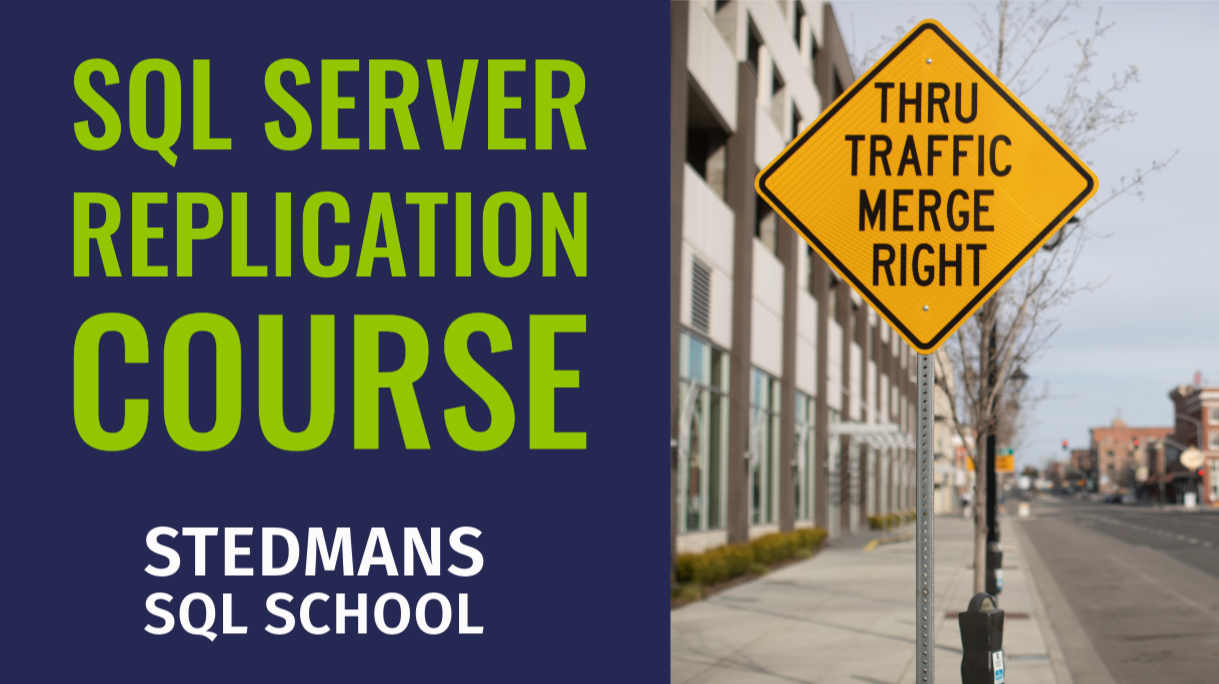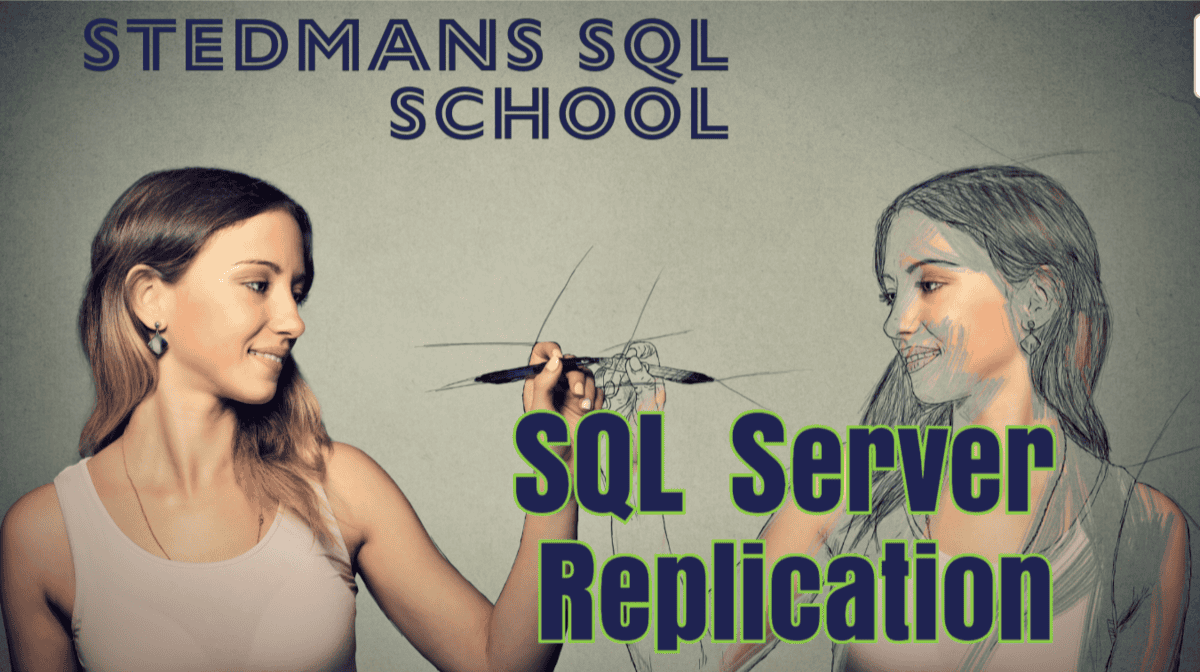Master SQL Server Replication with Our Comprehensive Course
At Stedman’s SQL School, we are proud to offer a thorough and detailed course dedicated to SQL Server Replication. This course is designed for database professionals who wish to deepen their understanding of replication to enhance their skills in data synchronization and integration across multiple databases. Whether you’re a seasoned DBA or a budding IT professional, our course on Snapshot, Merge, and Transactional Replication is tailored to equip you with the skills you need.

Course Overview
SQL Server Replication is a set of technologies for copying and distributing data and database objects from one database to another and then synchronizing between databases to maintain consistency. Using Snapshot, Merge, and Transactional Replication, SQL Server provides a variety of options to cater to different replication needs. Our course covers:
- Snapshot Replication: Ideal for replicating data exactly as it appears at a specific moment in time. This module teaches setup, management, and the appropriate use cases for snapshot replication.
- Merge Replication: Focuses on combining data from two or more databases into a single database. Learn about conflict resolution, the setup process, and how to optimize merge replication environments.
- Transactional Replication: Used primarily in server-to-server environments to maintain high performance and data consistency. This section dives into configuration, monitoring, and troubleshooting techniques that are essential for maintaining system health.
This course also delves into the roles and operations of the Publisher, Distributor, and Subscribers in the replication process, and explains the differences between Push and Pull replication strategies.
Key Concepts Expanded
Publisher, Distributor, and Subscribers
The Publisher is the source database where the data or database objects are located. The Distributor acts as a store-and-forward agent, often residing on the same server as the Publisher or on a separate server for performance reasons. Subscribers are the destination databases that receive replicated data.
Push vs. Pull Replication
In Push Replication, the Publisher initiates data transfer to the Subscribers, which is useful for maintaining tighter control over the replication timing. Pull Replication, on the other hand, allows Subscribers to request data from the Publisher, which can be effective in scenarios where bandwidth is limited or Subscriber demand is variable.

Who Should Enroll
This course is crafted for:
- Database Administrators eager to implement and manage replication effectively within their SQL Server environments.
- SQL Developers needing comprehensive knowledge of replication to design robust database solutions.
- IT Professionals who must ensure data is consistently synchronized across different locations.
Key Features
Engaging Video Tutorials: Each replication type is thoroughly explained through detailed video tutorials.
Interactive Labs: Gain practical experience with hands-on labs designed to reinforce learning.
Assessment Tools: Check your understanding with quizzes and assignments through each module.
Benefits of the Course
Understanding and implementing SQL Server Replication can drastically improve your database management capabilities, making you a vital asset to any data-driven organization. Enhance your career by mastering how to handle complex replication scenarios confidently.
Replication Course Enrollment Information
Want to learn more about replication?

If you’re ready to take your SQL Server skills to the next level, visit Stedman’s SQL School SQL Server Replication Course to learn more and enroll today.
We look forward to helping you succeed and are excited to see how you leverage these skills to optimize and innovate within your own database environments.
